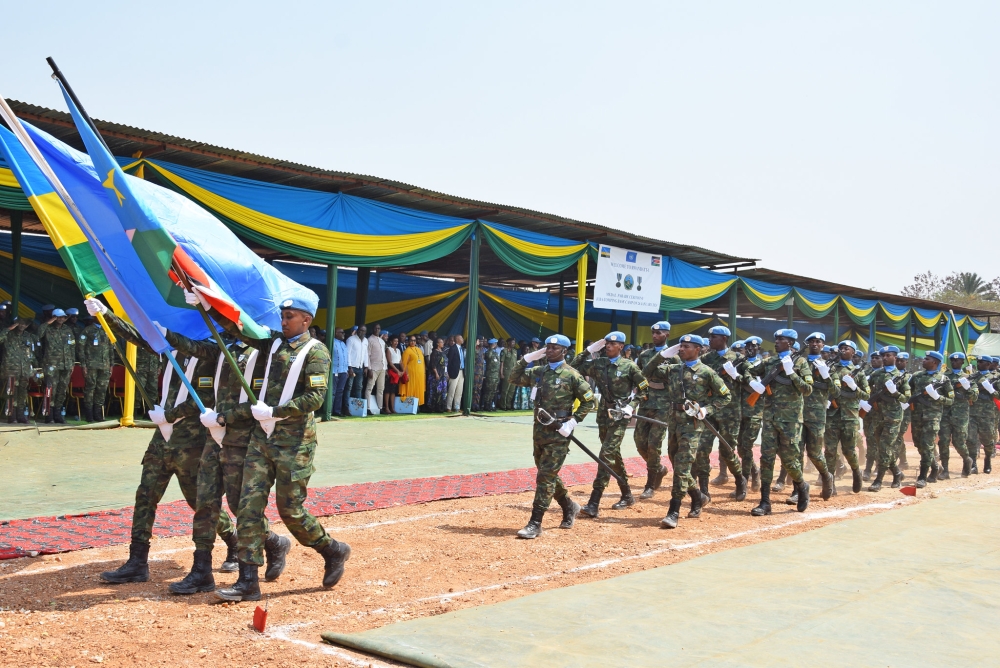Rwandan peacekeepers serving under the United Nations Mission in South Sudan (UNMISS) were on Friday, January 26, decorated with UN service medals in recognition for their service.
In a ceremony held at Tomping Base Camp, the capital Juba, Deputy Special Representative of the UN Secretary General, Guang Chong congratulated the Rwandan peacekeepers for the commendable work they have done and commended their professionalism and dedication to duty, according to a statement by Rwanda Defence Force.

Sector Commander Brig Gen Emmanuel Rugazora, appreciated the Rwandan contingent, also known as Rwanbatt-1, for its "outstanding performance in the maintenance of peace and security in South Sudan, despite challenges encountered," the statement said.
In his remarks, Rwanbatt-1 Commander, Lt Col Gilbert Ndayisabye, appreciated the support of UNMISS leadership, the government of South Sudan and friendly contingents in accomplishing the troops' mandated tasks.
Rwanbatt-1 started the peacekeeping mission in March 2023, conducting patrols in different areas of South Sudan and community work activities to the benefit of citizens.
ALSO READ: 73,000 Rwandan troops deployed abroad – Defence minister
Apart from UNMISS, Rwanda also has troops in the UN peacekeeping mission in the Central Africa Republic (MINUSCA).
Since 2004, the country has deployed more than 73,000 troops to different peacekeeping missions.
According to the UN, as of November 2023, the country had more than 5,900 uniformed personnel in peacekeeping missions, making it the fourth largest troop-contributor after Nepal, Bangladesh and India.











